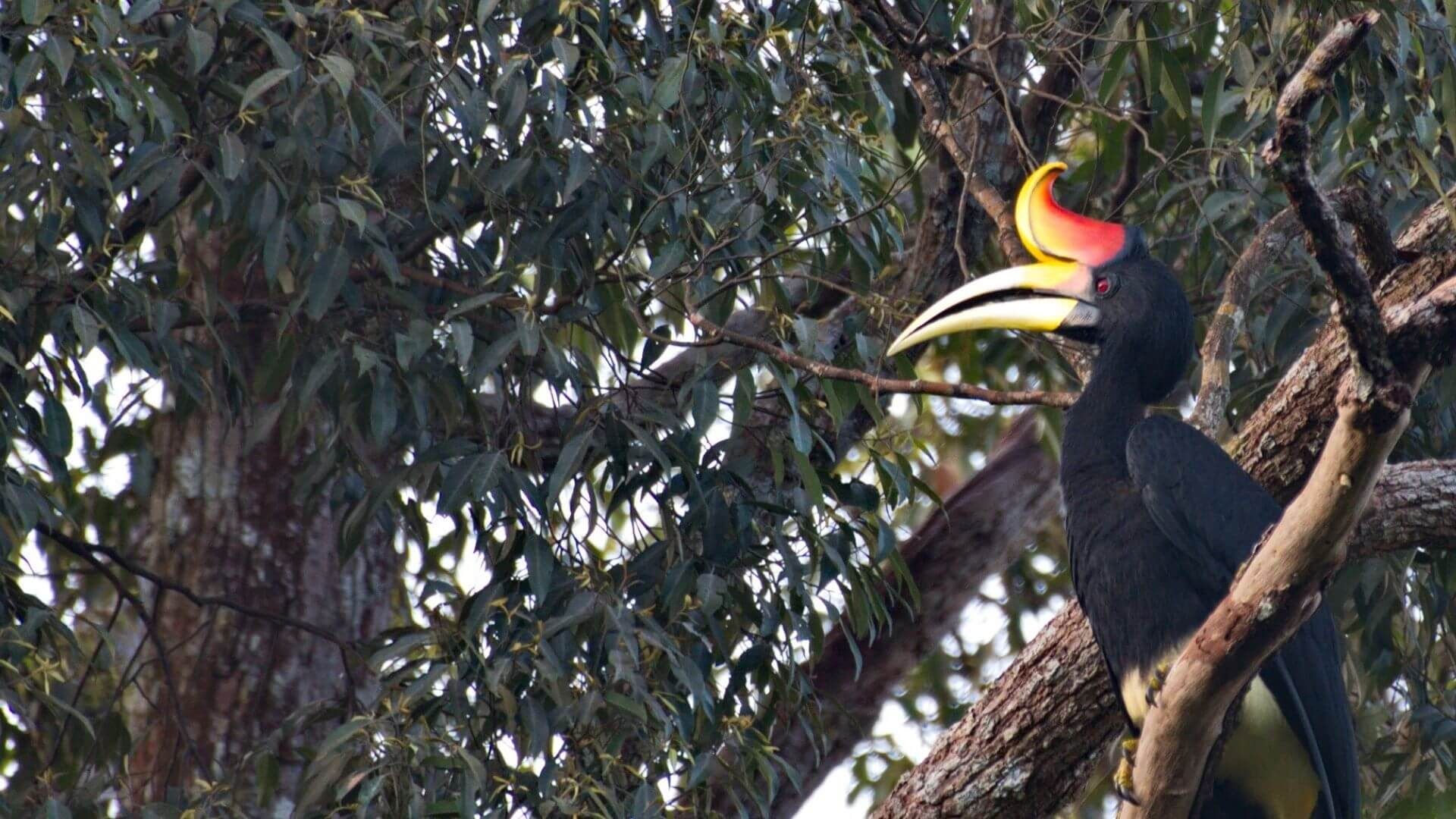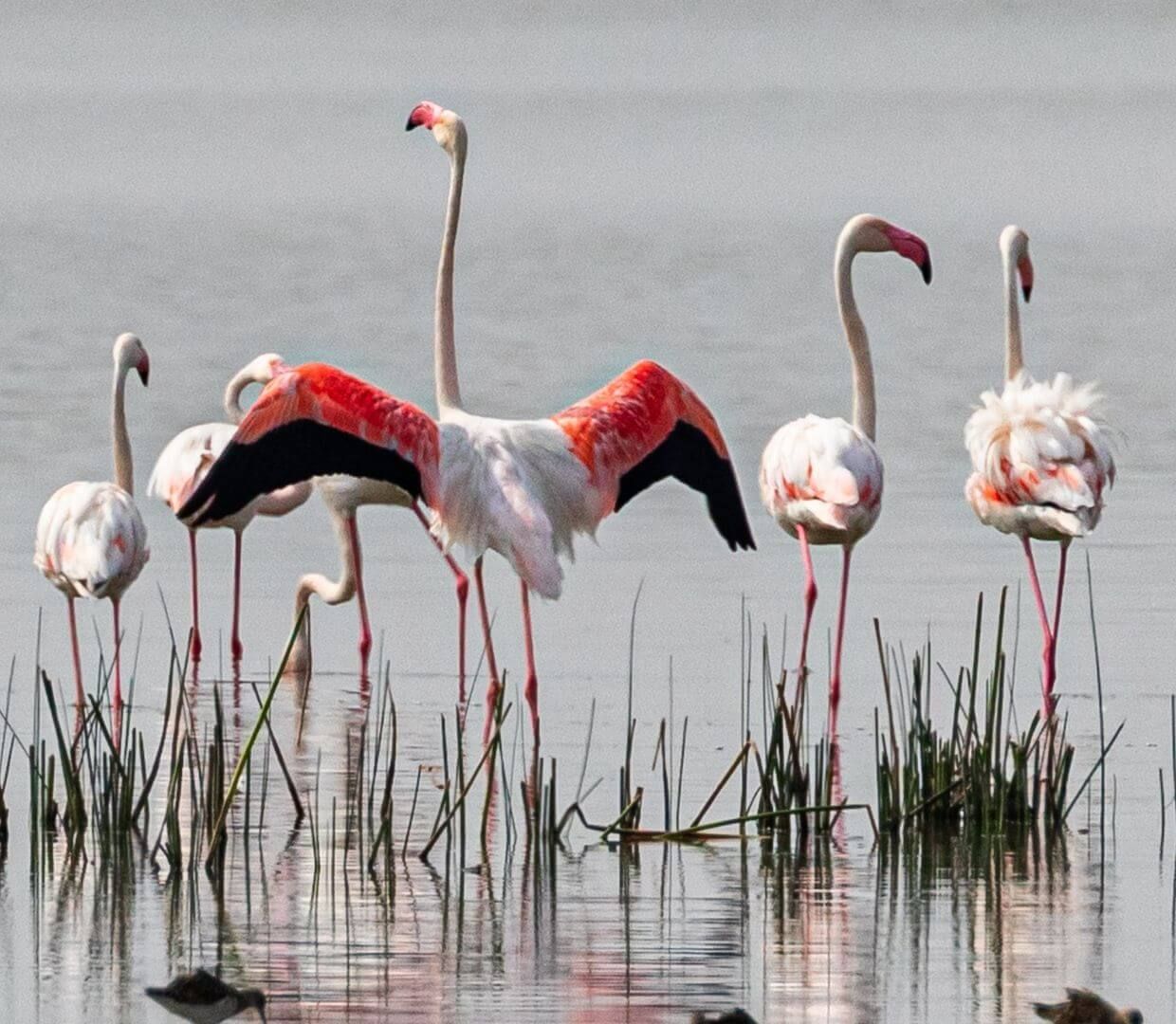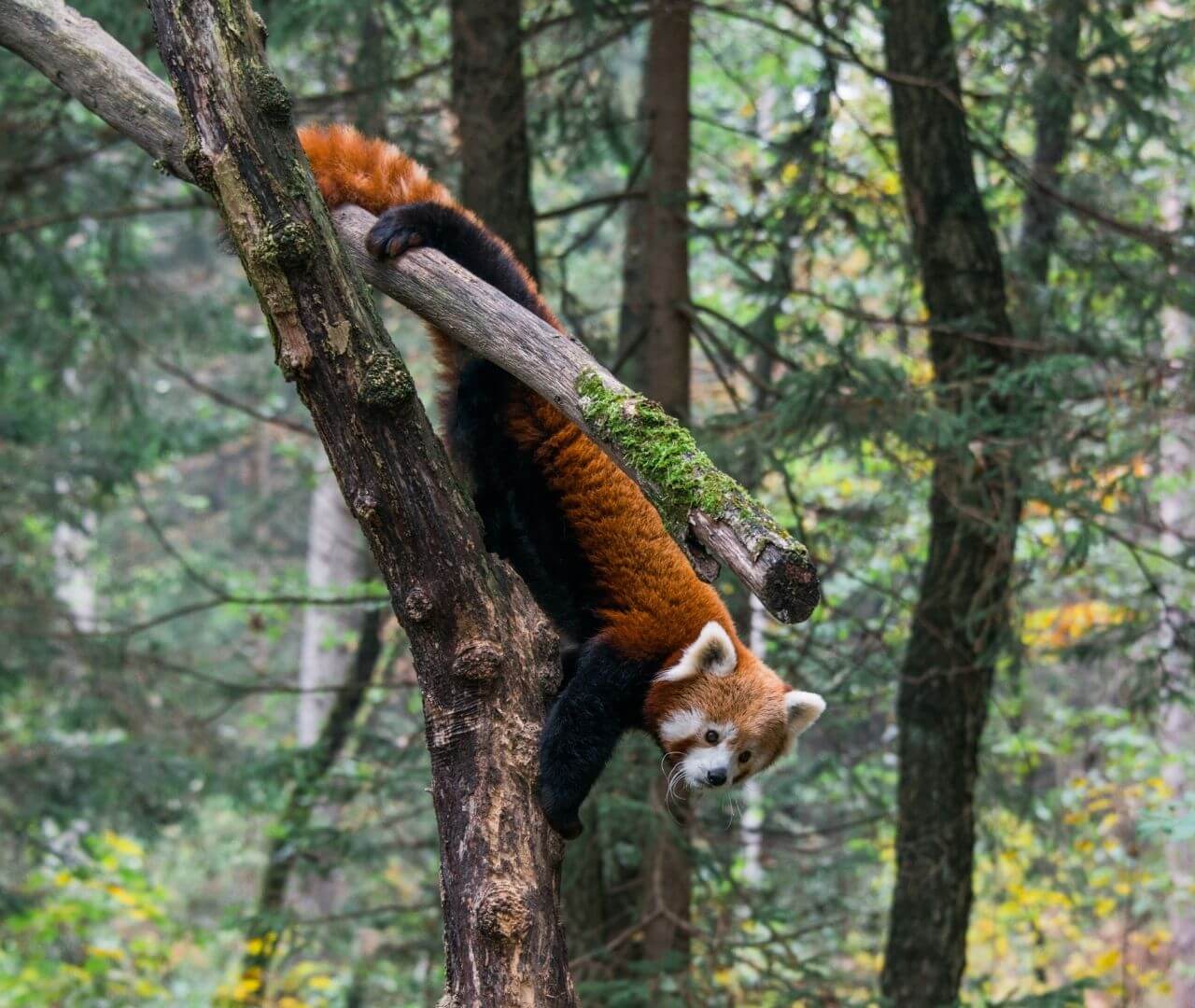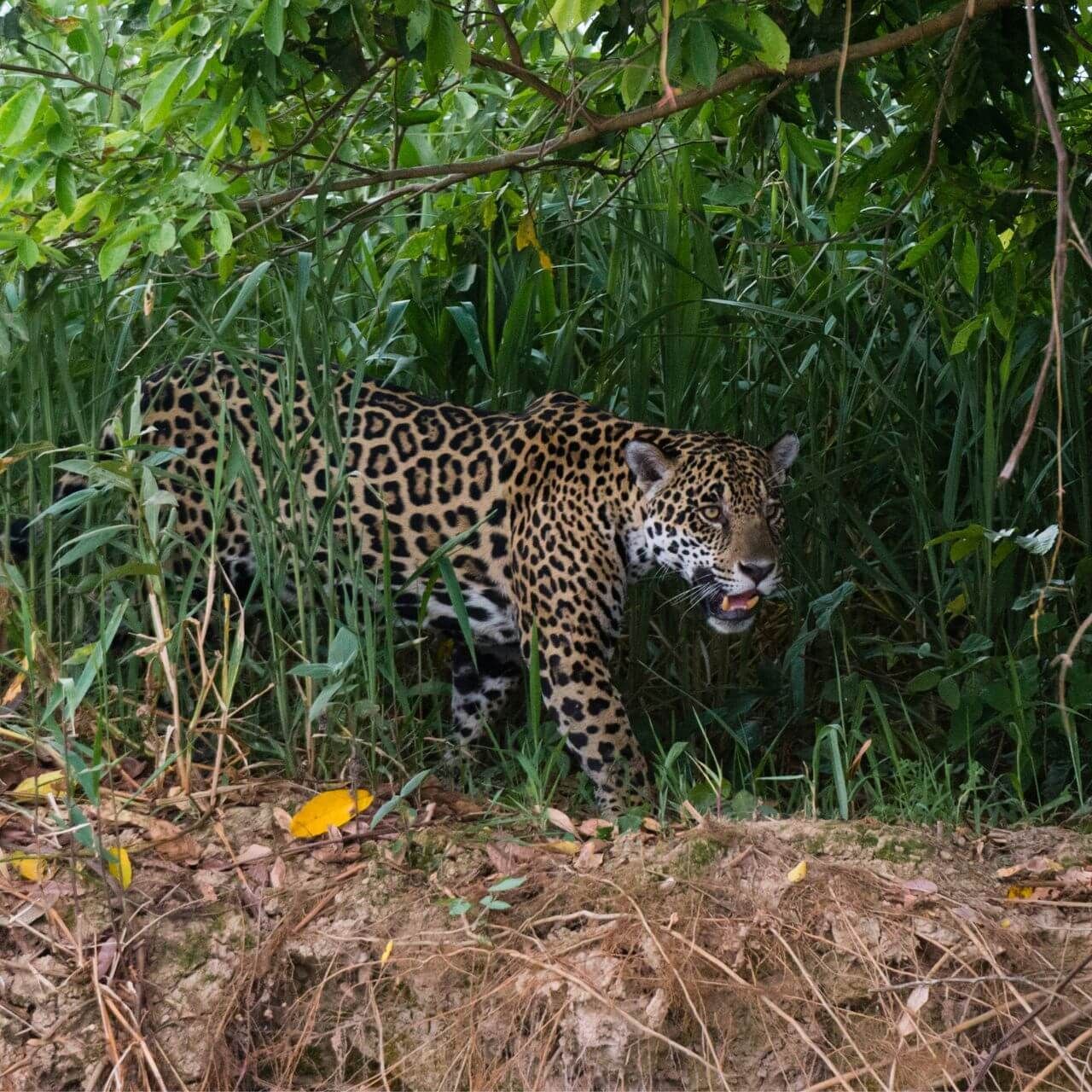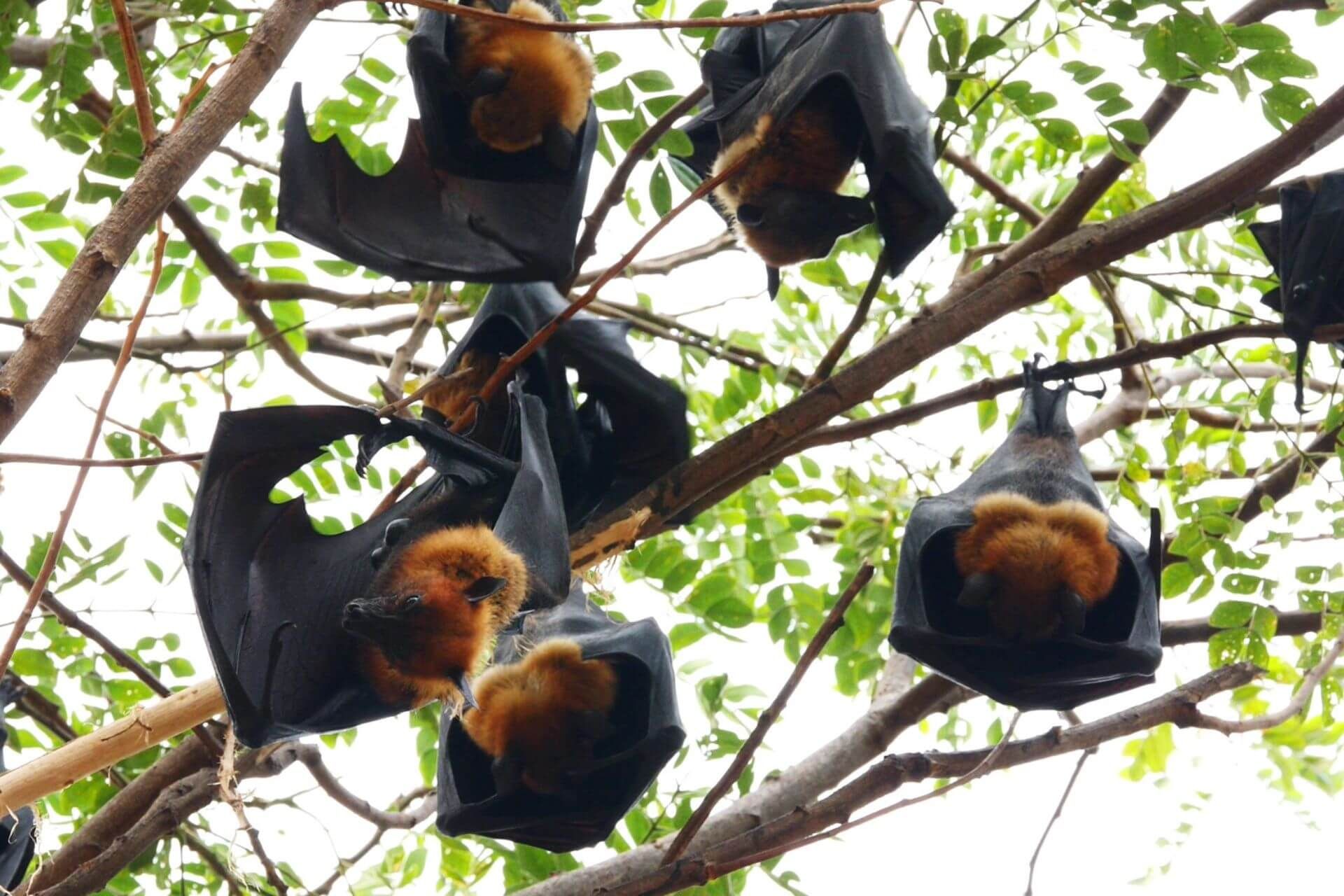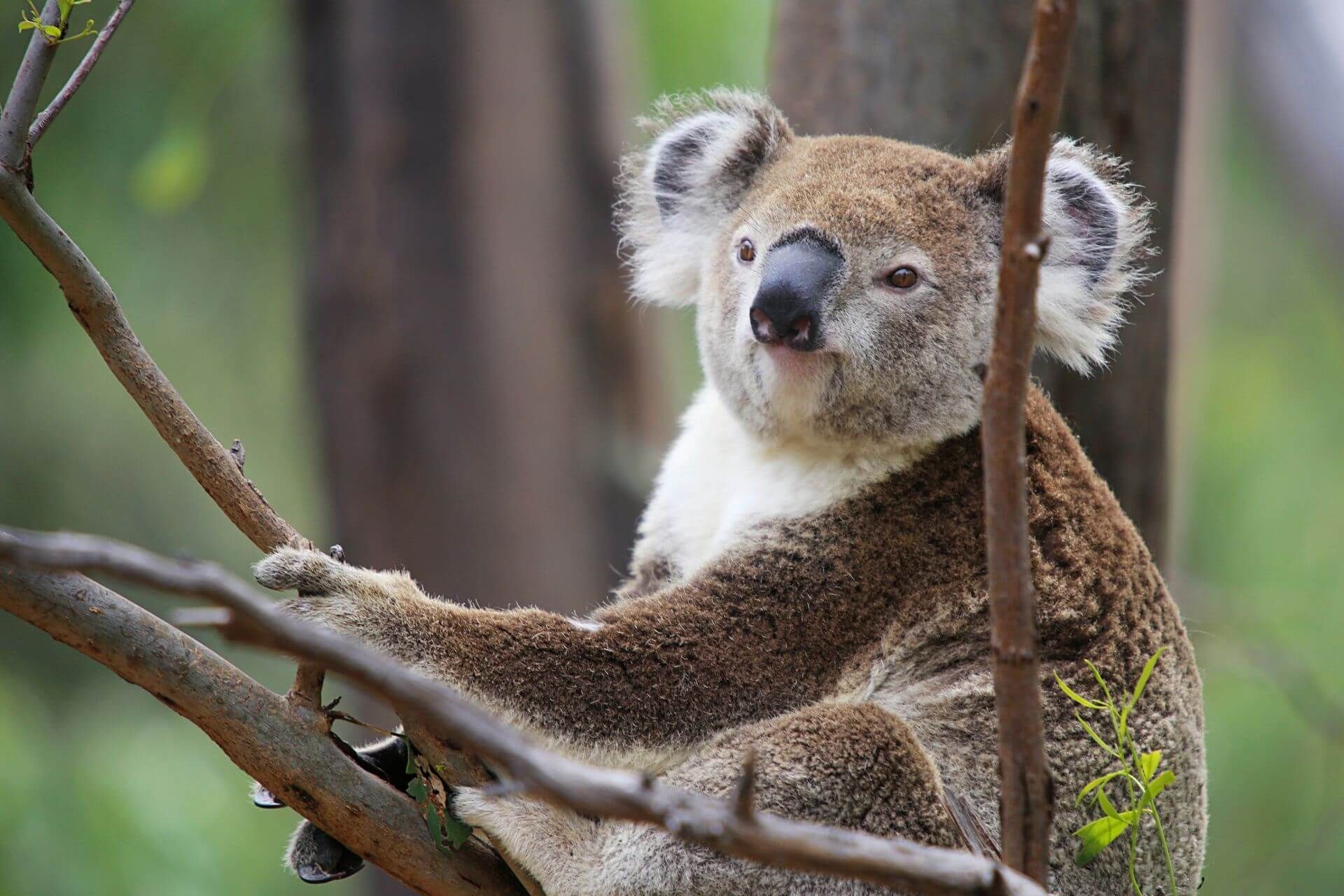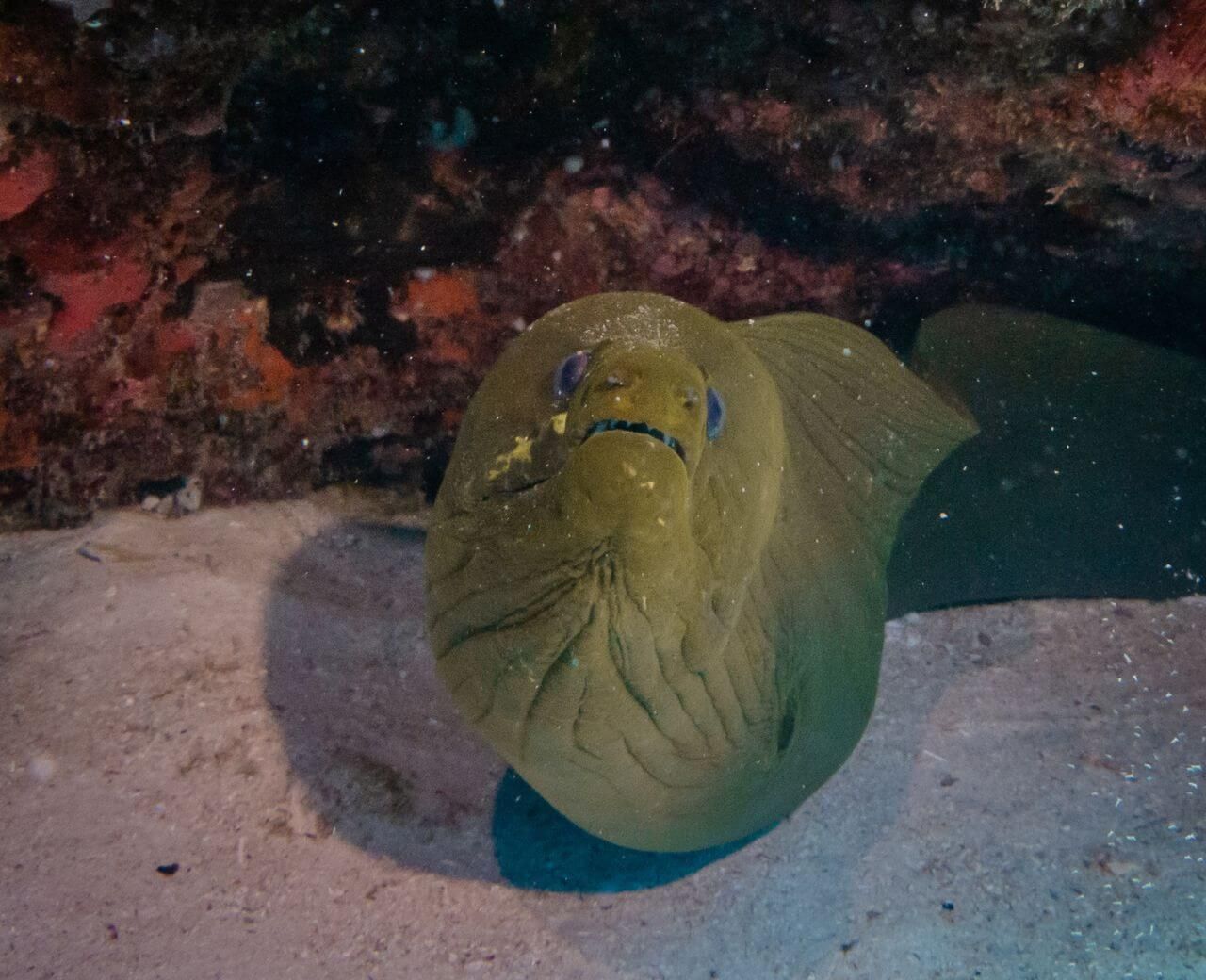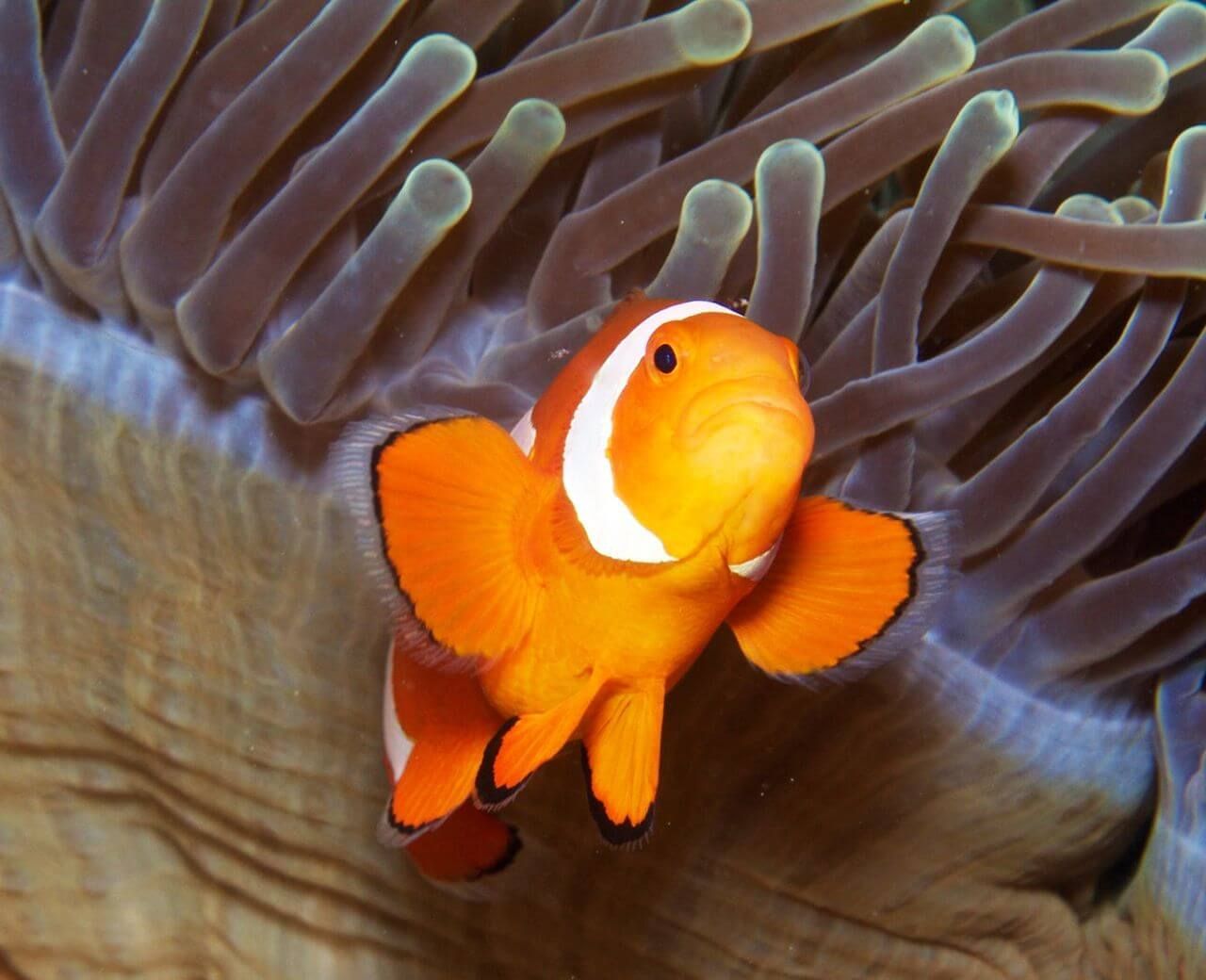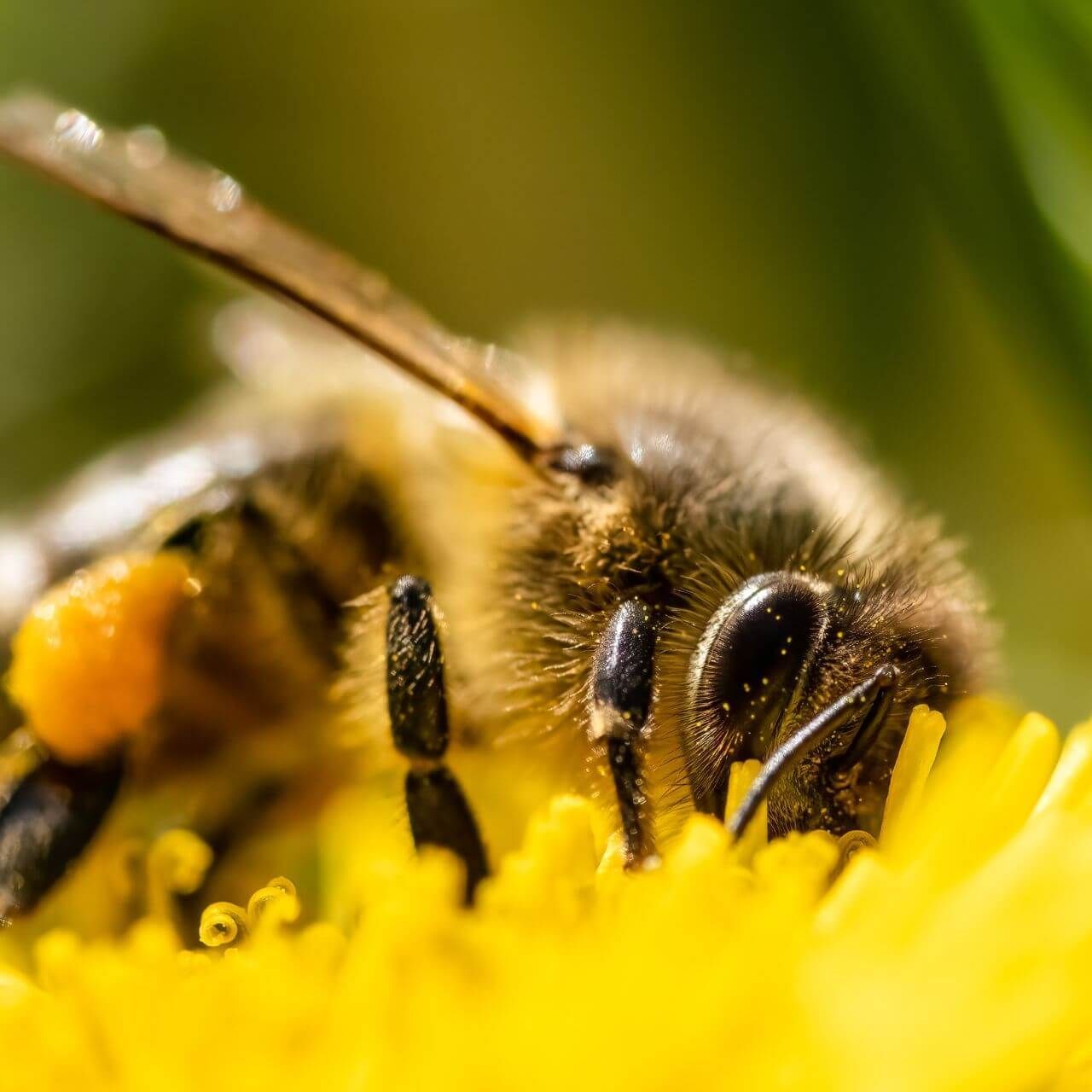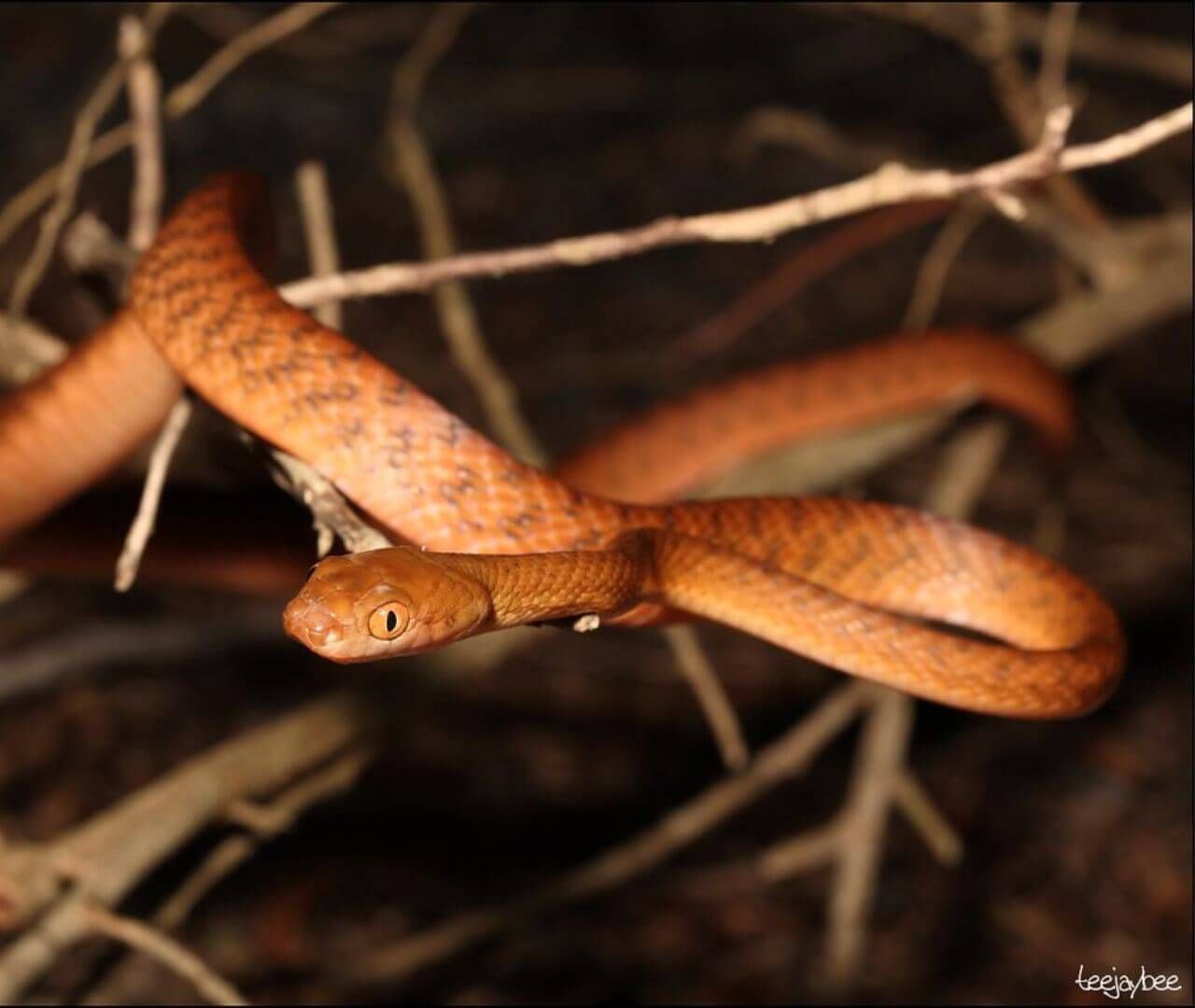Animal Camouflage
What is camouflage?
In zoology, camouflage describes the ability of an animal to blend in or conceal its appearance. Camouflage can also be called cryptic coloration. Camouflage is typically used for one of two purposes:
- To sneak up on prey. Imagine a leopard stalking its prey. Its rosettes provide camouflage among dry grasses so they can get close enough to their prey to attack.
- To avoid predators: One of the best ways to not get eaten is to avoid being spotted by a predator to begin with! Imagine a stick bug hiding from a bird. They blend into the other sticks so well that the birds may not even see them!
Different Types of Camouflage
Background matching:
This is the most common type of camouflage and its name describes what it means! This type of camouflage occurs when an animal’s colors and patterns match its surroundings. Many species of owls use background matching. The colors and patterns of their feathers help them blend into tree bark!
Sometimes even the shape of the animal matches its environment, like a leaf insect whose body is shaped like a… well, a leaf! When an animal pretends to be something that it is not, whether that be something else in their environment or a different species, we call it mimicry.
Some animals even change their color to match their surroundings. Octopuses are my favorite examples of this! Not only can they change their color to perfectly match whatever structure they are trying to blend in with, but they can also change their patterns AND the texture of their skin. If they are blending into a bumpy coral, their skin will become bumpy, too!
Some animals change color more gradually, like many species of hares that live in the tundra. They change from brown to white during winter to blend into the snow.
Countershading:
Countershading is a type of camouflage characterized by the back of the animal being darker than the belly of the animal. Animals on land use countershading, like gazelles. However, I like to think about it for aquatic and semi-aquatic animals like penguins, sharks, and turtles. To see how this works, I need everyone to put on their imaginary goggles, we’re going swimming in the ocean!
Imagine swimming at the surface looking down at the dark ocean floor. If an animal swam below you that had a dark-colored back, it would blend into the dark ocean floor.
Now imagine you’re laying on the ocean floor looking up at the bright sunlight on the ocean’s surface. If an animal swam above you with a light-colored belly, it would blend into the brightness of the sun above them.
Disruptive coloration:
Disruptive coloration occurs when the colors or patterns of an animal make it hard to see the outline of the animal. If a predator cannot see where the prey animal starts or ends, it will be hard to catch them!
Imagine a zebra in a herd of many zebras. If the zebras are all moving around back and forth, it can be very challenging for a predator to see where one zebra starts and where the next one ends. It makes it harder for them to hone in on one individual zebra!
Disruptive coloration can also occur when an animal’s colors or patterns help hide body parts that would give away information about the animal, like where its head is! Some frogs have markings that make it hard for a predator to see where their eyes are.
Camouflage In a Changing World
Thousands of species rely on camouflage for survival. But what would happen if an environment changed and the camouflage used by these species was no longer effective? As human actions change ecosystems all around the world, animals will need to adapt to camouflage with these changes or they may not survive.
Want To Learn More?
Check out EdZOOcating Adventures' camouflage lesson with videos, quizzes, activities, projects, glossaries, and more.
Camouflage Lesson
$8 (No Expiration Date)Membership
Gain access to 70+ lessons for just $10/month or $100/year.






